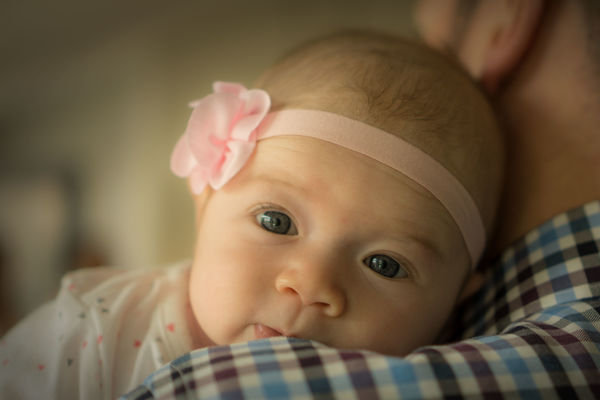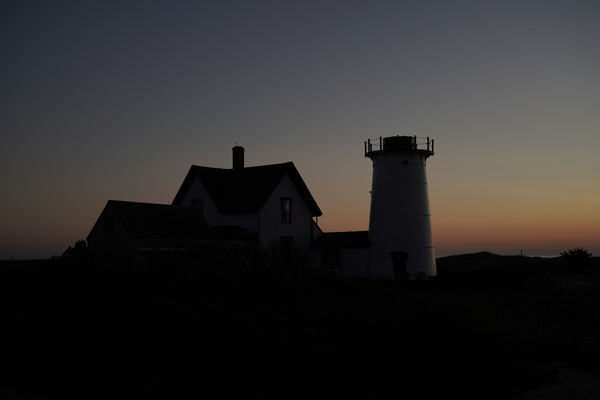Posts for: repleo
Jan 2, 2021 11:56:51 #
controversy wrote:
The frequent discussions (arguments?) about shooti... (show quote)
I don't see why you are confused. You seem to have written a pretty balanced view of the RAW vs JPEG subject.
If I just want to record what is 'there' or 'what the eye sees' I shoot JPEG and the camera will 'get it right'. If I want to create what my mind sees, or what I want it to see, I shoot RAW.
JPEG is for recording an image, RAW is for creating an image. As you point out, they are both processed images.
Jan 2, 2021 11:48:44 #
Jan 2, 2021 11:42:41 #
OP here. Thanks for the responses and advice. I am trying to decide whether to go the round-screw on or square / holder route.
Jan 1, 2021 12:15:55 #
Are all 100mm x 100mm filters interchangeable between brands of holders? e.g. Can Cokin or NiSi filters be used in Lee holders or visa versa? Are glass and resin filters typically the same thickness?
Dec 31, 2020 21:35:21 #
goldenyears wrote:
Our small retirement center amateur photo club has... (show quote)
Blame it on their memory.
Dec 31, 2020 21:27:24 #
Get the 82mm filters and a 77mm to 82mm step-up adapter ring. You may want to get an extra 82mm lens cover for when you are using the filters on the 77mm lenses.
Dec 29, 2020 10:15:44 #
I think the pre-sale discount and simultaneous launch of 30,000 pre-sold copies of AI was a big mistake. The support group were bound to be overwhelmed after a flood of releases like that. That might sound good for creating Apple type product launch hype. Unfortunately, all the hype has been negative for what is actually a pretty good product.
Dec 28, 2020 15:28:56 #
Bogin Bob wrote:
Very nice - do you use any other software? Not on these but in the past?
I have been using Adobe Camera Raw for adjustments.
Dec 28, 2020 14:21:22 #
pdsilen wrote:
When I have been shooting real estate interiors, I've been depending on PS to provide me with strait 90 degree lines. Now, I'm thinking about investing in one or two tilt shift lenses. I've looked on KEH and other photo dealer's web sites. I see all different specs. Most of the rooms I shoot are 10' x 10', 10' x 12', and an occasional 12' x 16' As I look at the different lenses, I see a variety of specifications and I don't know one from the other. I'm open to feed back.
If you have a mirrorless camera, Fotasy make a several shift and tilt/shift adapters for around $100. I have one that I use with a 24mm legacy Olympus lens that I got for short money and it works fine on my Sonys. Fotasy also have tilt/shift adaptors for medium format lenses to e -mount and some M4/3 mounts which would increase the available image circle.
Dec 28, 2020 13:58:02 #
CHG_CANON wrote:
As we look back and consider 2020, how did your ph... (show quote)
I will adopt the first five. Doing pretty good already with the rest of them.
Dec 28, 2020 13:55:26 #
jerryc41 wrote:
Even back then it was the same. 
I once went to a lecture on bats, and the speaker said that female bats like a warmer house. They will either stay in the upper part, or they will all move out and live in a house of their own.

I once went to a lecture on bats, and the speaker said that female bats like a warmer house. They will either stay in the upper part, or they will all move out and live in a house of their own.
My wife and I are the opposite. I am the one who is always cold - she is a walking furnace.
Dec 28, 2020 13:52:28 #
Powergroove75 wrote:
Shooting with a Canon EOS 90D with Sigma 18-35 1.8 ART series glass.
2 minute exposure | ISO 100 | F16
Edited in lightroom. 12-26-20 Coeur d'Alene, ID
Still a learning curve but this is one came out awesome!
2 minute exposure | ISO 100 | F16
Edited in lightroom. 12-26-20 Coeur d'Alene, ID
Still a learning curve but this is one came out awesome!
Beautiful image - one of the best I have seen here on UHH for awhile. Worth downloading. If you are planning on printing an enlargement for hanging I would suggest you try a bit of local sharpening on the first and second pairs of pilings.
Congratulations.
Dec 28, 2020 13:46:06 #
Xpatch wrote:
Exposure compensation involved the three legs of the triangle, ss, iso,f stop. It depends on your settings ie aperture priority etc. If you lock or set the f stop the iso or ss can be changed. Ive set iso and wonder what algorithm the camera uses to choose SS or Aperture to change exposure. If you lock two only one can
Be changed in the eco comp. I use soft button settings for Iso, ss, f stop on my 100v.
Be changed in the eco comp. I use soft button settings for Iso, ss, f stop on my 100v.
On my Sony, if I adjust EC down while in Aperture mode, it will adjust the SS down until it gets to a minimum safe handhold speed (eg 1/100) and then it will shift to adjusting ISO.
Dec 28, 2020 13:36:11 #
rcarol wrote:
I have both Luminar 4 and Luminar AI. I am disappointed in AI in that the ads show dramatic results by taking a bland image and turning it into a dramatic image with a single keystroke. My experience with the provided presets is that the results are subtle changes rather than dramatic changes as seen in the advertisements. Perhaps these changes are only available with presets available at an additional cost. But at this point, I'm disappointed with AI and tend to continue to use Luminar 4.
Here are a couple of bland images that I made some pretty dramatic changes too in a couple of minutes with AI. I have no previous experience with any of the Luminar versions. I was able to do these after a couple of minutes of playing around with it. Admittedly it took more than 1 keystroke, but still only a couple of minutes on each.
I am pleased with the results I have been able to achieve with my limited PP experience, but I do feel a certain sense of 'cheating'.
Dec 28, 2020 09:16:08 #
Magnificent creatures. We see one in the woods behind our house occasionally.






